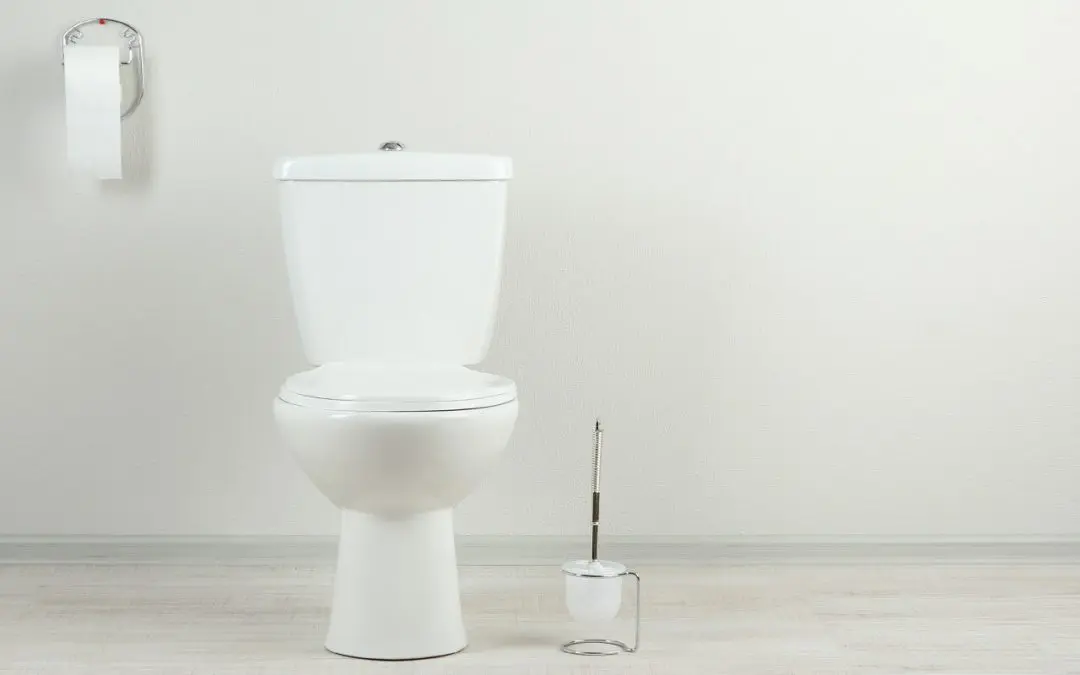Learning how to fix common plumbing issues can save money, time, and the hassle of calling a professional. Here are some of the most common problems you may encounter and tips for DIY plumbing repairs.
Fixing a Dripping Faucet
Dripping faucets are undoubtedly one of the most common plumbing issues. They can waste thousands of gallons of water, increasing your water bill. Fortunately, a dripping faucet is one of the most straightforward plumbing issues to fix.
Start by turning off the water to the tap in question. Next, plug the drain to prevent a screw or a washer from falling in. Then, use a screwdriver to remove the decorative caps from the handles. These are often marked “Hot” and “Cold” or “H” and “C.” Once the caps are off, remove the screws to access the inner mechanisms.
A worn O-ring often causes a leaky faucet. Replace the O-ring and try your tap. If it is still dripping, call a plumber to troubleshoot the issue.
DIY Plumbing: How to Clear a Clogged Drain
A drain snake, or plumber’s snake, is one of the most effective tools for unclogging a drain. You can purchase one at your local hardware store or online.
Because unclogging a drain can be messy, wear protective gear such as safety goggles and rubber gloves. To clear a bathtub or sink drain, remove the drain cover. Then, insert the snake carefully down the drain.
You will know you’ve reached the clog because you’ll feel resistance. Try breaking down the clog with the snake, but if that’s not possible, it may be a solid object that can be hooked and pulled up the drain. Once you remove the clog, flush the drain with boiling water.
Alternatively, you can purchase a drain cleaner to dissolve the clog if you want to go the chemical route. Read and follow the instructions on the bottle so the project will be safe and successful.
DIY Plumbing for a Clogged Toilet
Another common plumbing issue that many homeowners are familiar with is a clogged toilet. There are different reasons your toilet doesn’t flush properly, but most are easy to fix.
First, try using a plunger – but make sure you’re using it correctly. Avoid too much force, and maintain a tight seal when plunging. It’s also essential to verify your plunger’s rubber part is submerged in water as you work. Plunging is usually all it takes to remove whatever is clogging your toilet.
If plunging doesn’t work, use baking soda and white vinegar. Pour a cup of baking soda down your toilet, and then pour a cup of white vinegar. When pouring the vinegar, do it slowly to prevent it from fizzing quickly and overflowing. After the fizzing subsides, let it sit for a couple of minutes and pour several cups of hot water down the drain. Try flushing your toilet to see if it works.
While these tips can help you fix common plumbing issues, it’s still necessary to know when to hire a professional. Some plumbing problems are beyond the scope of basic DIY skills and should be left to an expert.
JBS Home Inspections provides inspection services to homebuyers and sellers in the greater Boston area. Contact us to request an appointment.

